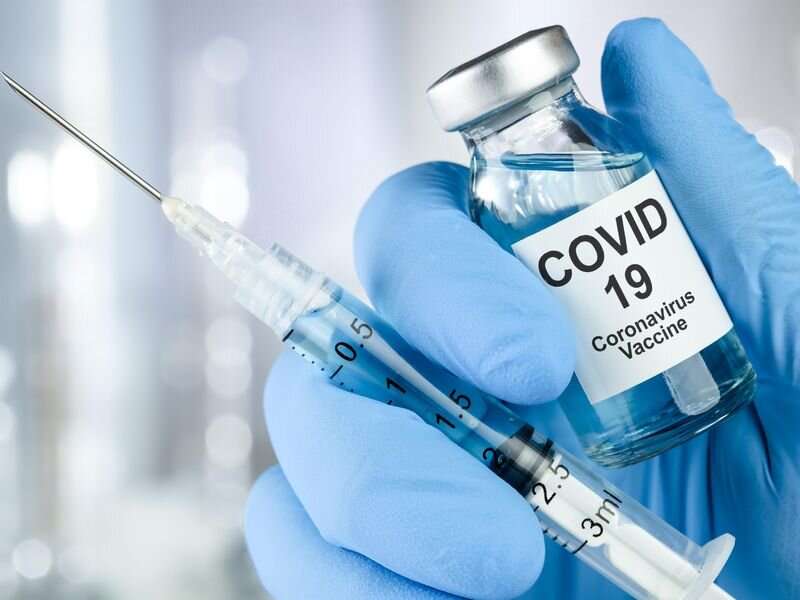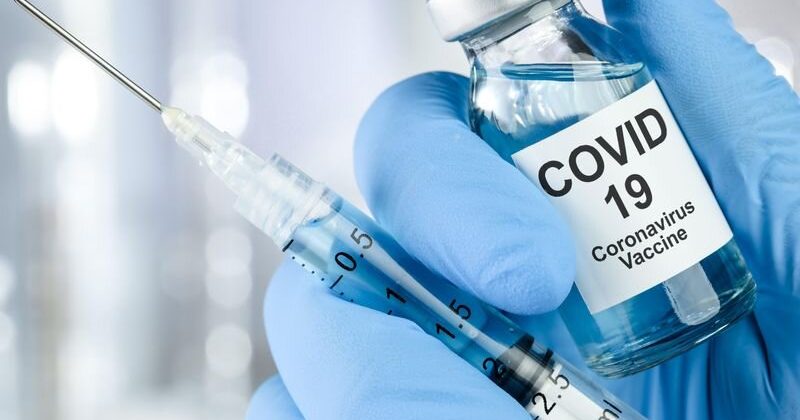
Axillary lymphadenopathy, a common adverse effect of COVID-19 vaccination, is seen in 44 percent of patients undergoing breast imaging after vaccination, according to a study published in the May issue of Radiology.
Stacey Wolfson, M.D., from the New York University Grossman School of Medicine in New York City, and colleagues examined the outcomes of axillary lymphadenopathy among patients who received the COVID-19 vaccine and underwent breast imaging between Dec. 30, 2020, and April 12, 2021.
The researchers found that 44 percent of the 1,217 patients who received the COVID-19 vaccine and underwent breast imaging had lymphadenopathy during at least one imaging examination. The average node measured 1.8 cm among patients with lymphadenopathy. Lymphadenopathy was more likely to be seen within 14 days after vaccination, while at 50 days following the second dose, it was rare. Forty-three patients (8 percent) underwent biopsy: 79 and 21 percent had benign and malignant results (34 and nine patients, respectively). There were 407 follow-up examinations in 387 patients (72 percent) with lymphadenopathy. At follow-up examination averaging 15.7 weeks after initial examination, 79.4 percent of studies demonstrated reduced lymph node size and were considered benign. Stable findings were reported in 20.6 percent; these were assessed as probably benign with recommendation for further follow-up. No patients in the follow-up group were diagnosed with a subsequent malignancy. Up to 43 weeks after vaccination, persistent axillary lymphadenopathy was observed.
Source: Read Full Article
